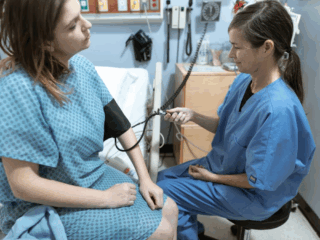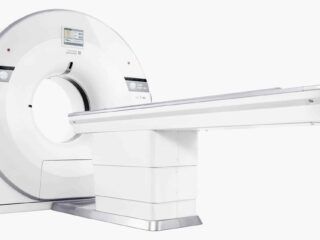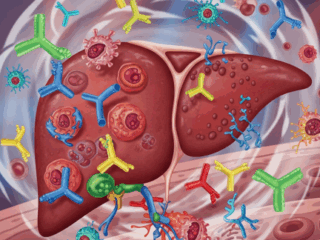
A bicycle crash is overwhelming, but what you do in the first hour can make all the difference. These early moments are your chance to protect yourself, address injuries, and set the stage for recovery.
Staying calm may feel impossible, but having a clear plan helps. Simple actions like securing your safety and recording important details are key.
With some guidance, these steps become manageable. Follow along to navigate this critical time with confidence and take control when it matters most.
Ensuring Safety at the Scene
After a crash, focus on your immediate safety. Move out of traffic or hazardous areas if you’re able, and signal for help if needed. Check yourself for visible injuries, but avoid sudden movements that could worsen hidden damage. Call emergency services to report the accident and request medical assistance.
While waiting, gather details about what happened—this can be crucial later. If legal questions arise after the fact, consulting a bicycle accident attorney apple valley residents trust can guide you through the next steps with expert advice and support.
Assessing Injuries and Controlling Bleeding
Once you’ve ensured your safety, shift focus to assessing injuries. Apply firm pressure with a clean cloth or bandage to stop any bleeding. For visible wounds, keep them covered until medical professionals arrive.
Pay attention to symptoms like dizziness, confusion, or nausea—they may indicate a concussion or other serious internal injuries. Avoid taking analgesics immediately, as they could interfere with clinical evaluations later on. Prioritize stabilizing yourself without aggravating existing injuries while you wait for help.
Documenting the Details
While waiting for medical assistance, take time to document everything. Use your phone to photograph injuries, damage to your bike, and the accident scene. Capture close-ups of key details like skid marks or road conditions.
If witnesses are present, ask for their contact information and brief statements about what they saw. Write down a clear description of how the crash occurred while it’s fresh in your mind.
This documentation helps clarify events later on, ensuring accuracy if legal or insurance matters arise during recovery.
Deciding Between Urgent Care and the ER
After initial first aid, determine whether you need urgent care or an emergency room visit. Serious injuries like head trauma, broken bones, or severe bleeding require immediate attention at the ER. Less critical issues, such as minor cuts or bruises, can often be handled by urgent care facilities.
If you’re unsure about the severity of your injuries, err on the side of caution and choose the ER. Medical professionals will ensure nothing is overlooked and provide proper treatment for a safer recovery process.
Communicating with Clinicians
When you arrive for medical care, provide clear and accurate information about the accident. Describe how the crash occurred, any immediate symptoms you experienced, and specific areas of pain or discomfort. Avoid downplaying your injuries or taking over-the-counter medications like aspirin beforehand—they can thin blood and complicate treatment.
Mention any loss of consciousness or dizziness, as these are critical details for evaluating head injuries. Honest communication ensures clinicians have what they need to diagnose effectively and begin appropriate care without delay.
Preserving Evidence for Later
Before leaving the scene or heading for medical care, safeguard any physical evidence from the crash. Keep your bike and damaged gear as they are—don’t repair or clean anything yet. These items could serve as proof if legal claims arise.
If involved with a vehicle, note license plate numbers, make and model details, and driver’s insurance information. File a police report when applicable to document official records.
This evidence strengthens your position in resolving disputes with insurers or pursuing compensation after recovery.
Taking Steps Toward Recovery
As the final step in handling a bicycle crash, focus on setting up your recovery. Follow through with medical recommendations and attend all follow-up appointments. Prioritize rebuilding your health and fitness gradually, giving yourself time to heal fully. Contact your insurance provider to report the accident promptly, sharing documented evidence and details.
If legal questions or disputes arise during this process, seeking guidance from an expert ensures you’re protected. These early actions help avoid complications later and set you on the path to full recovery.
Final Words
Handling the aftermath of a bicycle crash can feel overwhelming, but knowing how to act in those first moments brings clarity and control. Every decision you make matters—your safety, health, and peace of mind depend on it.
Stay prepared by understanding these steps before an accident ever occurs. It’s about protecting yourself today so that tomorrow is easier to face with confidence and readiness for whatever comes next.












